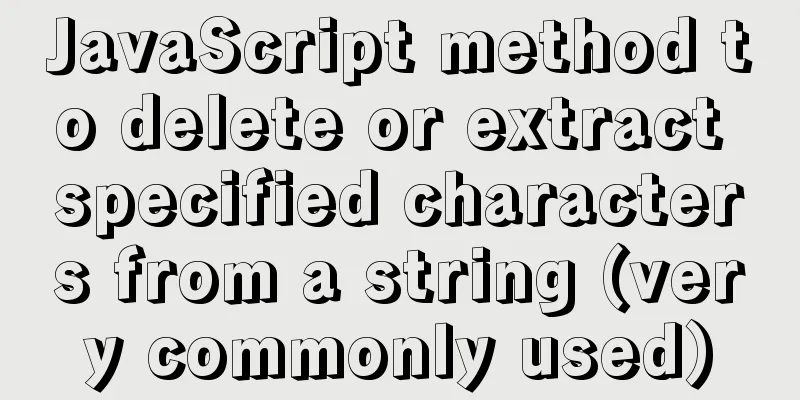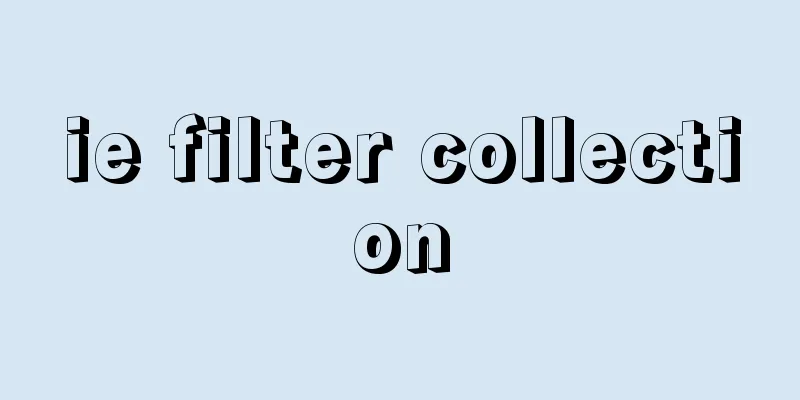A brief discussion on the pitfalls of react useEffect closure

Problem code Look at a closure problem code caused by useEffect
const btn = useRef();
const [v, setV] = useState('');
useEffect(() => {
let clickHandle = () => {
console.log('v:', v);
}
btn.current.addEventListener('click', clickHandle)
return () => {
btn.removeEventListener('click', clickHandle)
}
}, []);
const inputHandle = e => {
setV(e.target.value)
}
return (
<>
<input value={v} onChange={inputHandle} />
<button ref={btn} >Test</button>
</>
)
The dependency array of useEffect is empty, so the internal code will only be executed once after the page rendering is completed, and once again when the page is destroyed. At this time, enter any character in the input box and click the test button, the output is empty. No matter what characters you enter afterwards and click the test button again, the output result is still empty. Why is this happening? In fact, it is caused by closure. CauseThe scope of a function is determined when the function is defined. When registering a click event for btn, the scope is as follows:
The accessible free variable v is still null at this time. When a click event is triggered, the click callback function is executed. At this time, the execution context is created first, and the scope chain is copied to the execution context.
Generate scene
Solution Here are 5 solutions to this closure problem: 1. Modify v directly by assignment, and wrap the method that modifies v with useCallback Wrap the method that modifies v with useCallback. The function wrapped by useCallback will be cached. Since the array of dependencies is empty, the v modified by direct assignment here is the old v. This method is not recommended because setState is the officially recommended way to modify state. Here, setV is still used just to trigger rerender.
// Change the declaration of v from const to var to facilitate direct modification var [v, setV] = useState('');
const inputHandle = useCallback(e => {
let { value } = e.target
v = value
setV(value)
}, [])
2. Add v to useEffect's dependencies This may be the first solution that most people think of. Since v is old, why not re-register the event every time v is updated? However, this will result in re-registration every time v is updated. In theory, an event that only needs to be registered once will become multiple times. 3. Avoid redeclaration of v Declare a variable instead of v with let or var, and modify the variable directly instead of triggering render with setState related functions. This way, the variable will not be re-declared, and the "latest" value can be obtained in the click callback function. However, this method is not recommended. For this example, the input component always displays an empty value because there is no rerender, which does not meet the expected operation. 4. Use useRef instead of useState
const btn = useRef();
const vRef = useRef('');
const [v, setV] = useStat('');
useEffect(() => {
let clickHandle = () => {
console.log('v:', vRef.current);
}
btn.current.addEventListener('click', clickHandle)
return () => {
btn.removeEventListener('click', clickHandle)
}
}, []);
const inputHandle = e => {
let { value } = e.target
vRef.current = value
setV(value)
}
return (
<>
<input value={v} onChange={inputHandle} />
<button ref={btn} >Test</button>
</>
)
The reason why the useRef solution is effective is that each input change modifies the current property of the vRef object, and vRef is always that vRef, even if it is rerendered. Since vRef is an object, the value of the variable stored in the stack memory is the address of the object in the heap memory, which is just a reference. Only a certain property of the object is modified, and the reference will not change. So the scope chain in the click event always accesses the same vRef
5. Replace v with an object type In fact, just like using useRef, as long as it is an object, modifying only a certain attribute will not change the address pointed to by the state. Code addressClick here to see the test code This is the end of this article about the pitfalls of react useEffect closure. For more relevant react useEffect closure content, please search 123WORDPRESS.COM's previous articles or continue to browse the following related articles. I hope everyone will support 123WORDPRESS.COM in the future! You may also be interested in:
|
<<: Linux exposes Sudo privilege escalation vulnerability, any user can also run root commands
>>: How to specify parameter variables externally in docker
Recommend
Why is the scroll bar on the web page set on the right?
Why are the scroll bars of the browsers and word ...
Summary of the use of CSS scope (style splitting)
1. Use of CSS scope (style division) In Vue, make...
Detailed tutorial on building a continuous integration delivery environment based on Docker+K8S+GitLab/SVN+Jenkins+Harbor
Table of contents Environment Setup Overview 1.Wh...
How to use Chrome Dev Tools to analyze page performance (front-end performance optimization)
background We often use Chrome Dev Tools for deve...
Vue uses canvas handwriting input to recognize Chinese
Effect picture: Preface: Recently, I was working ...
Use mysql to record the http GET request data returned from the url
Business scenario requirements and implementation...
Summary of the Differences between find() and filter() Methods in JavaScript
Table of contents Preface JavaScript find() Metho...
Html+CSS drawing triangle icon
Let’s take a look at the renderings first: XML/HT...
JavaScript flow control (branching)
Table of contents 1. Process Control 2. Sequentia...
URL representation in HTML web pages
In HTML, common URLs are represented in a variety ...
PyTorch development environment installation tutorial under Windows
Anaconda Installation Anaconda is a software pack...
How to enable remote access in Docker
Docker daemon socket The Docker daemon can listen...
How to simulate network packet loss and delay in Linux
netem and tc: netem is a network simulation modul...
How to install and configure the Docker Compose orchestration tool in Docker.v19
1. Introduction to Compose Compose is a tool for ...
202 Free High Quality XHTML Templates (2)
Following the previous article 202 Free High-Qual...











